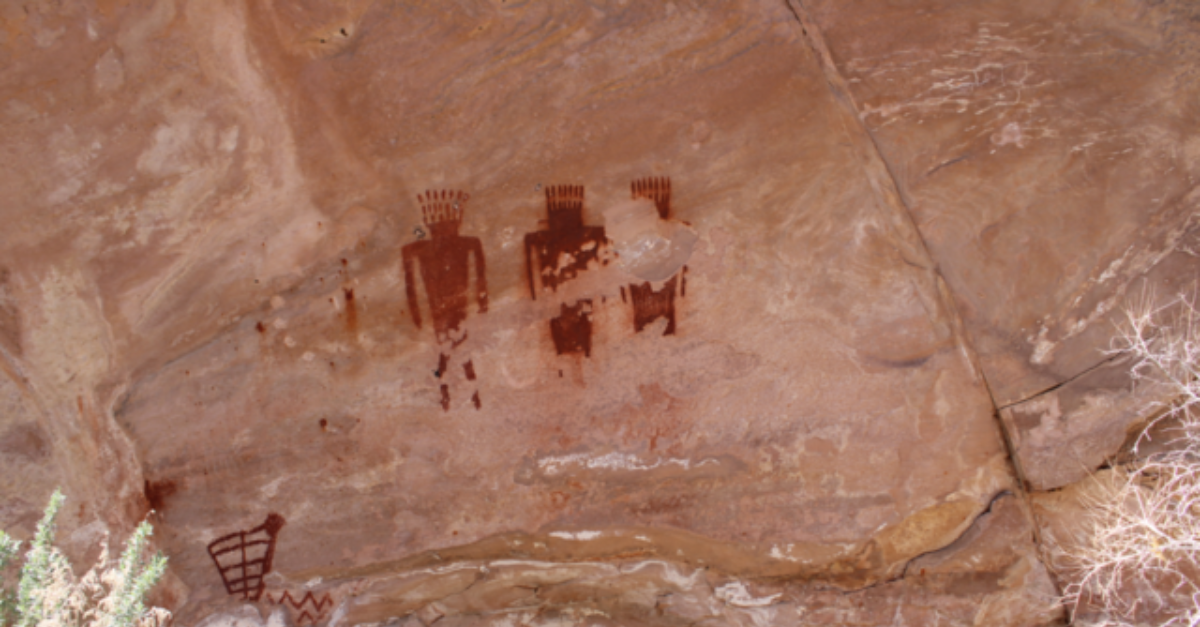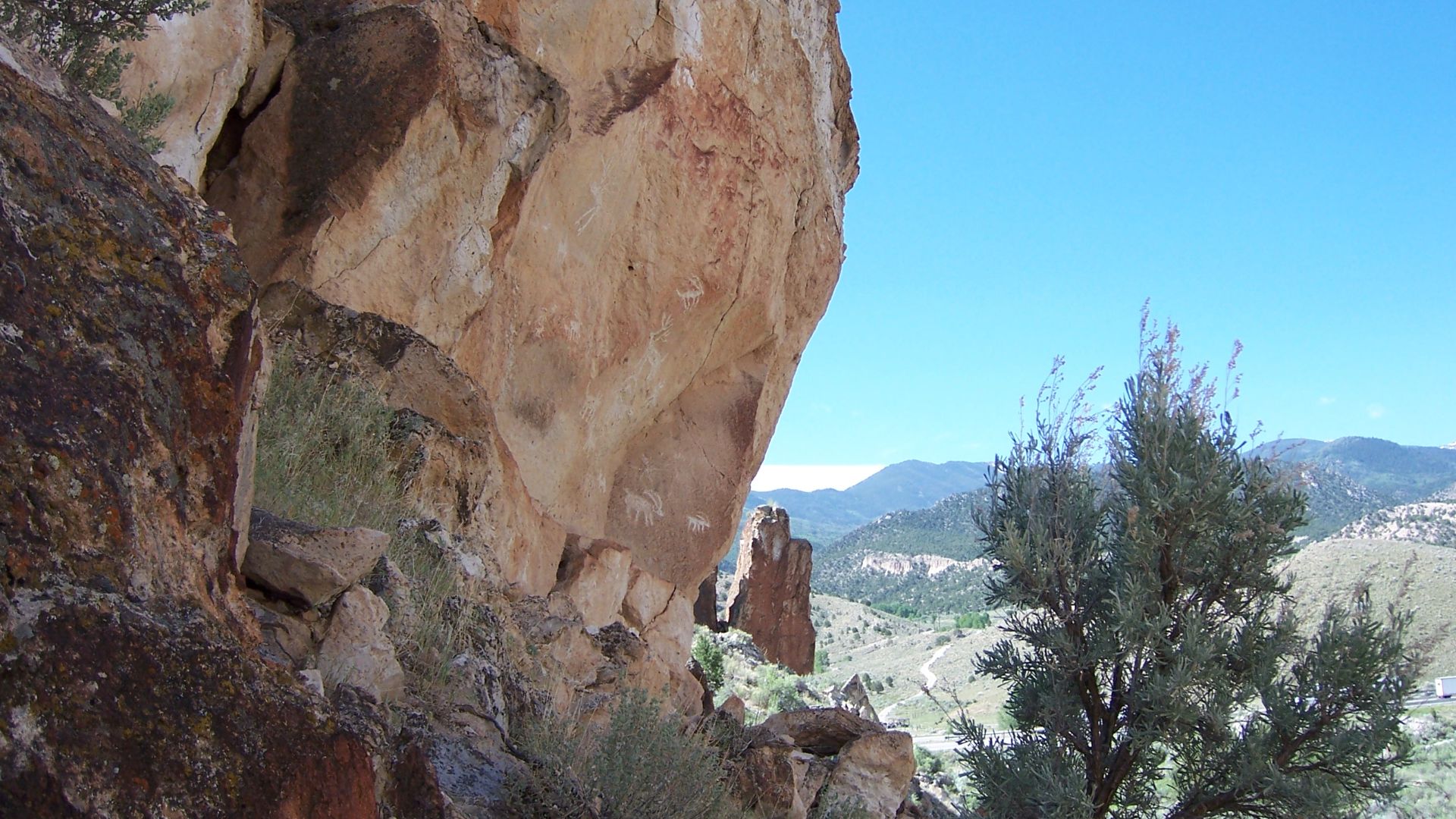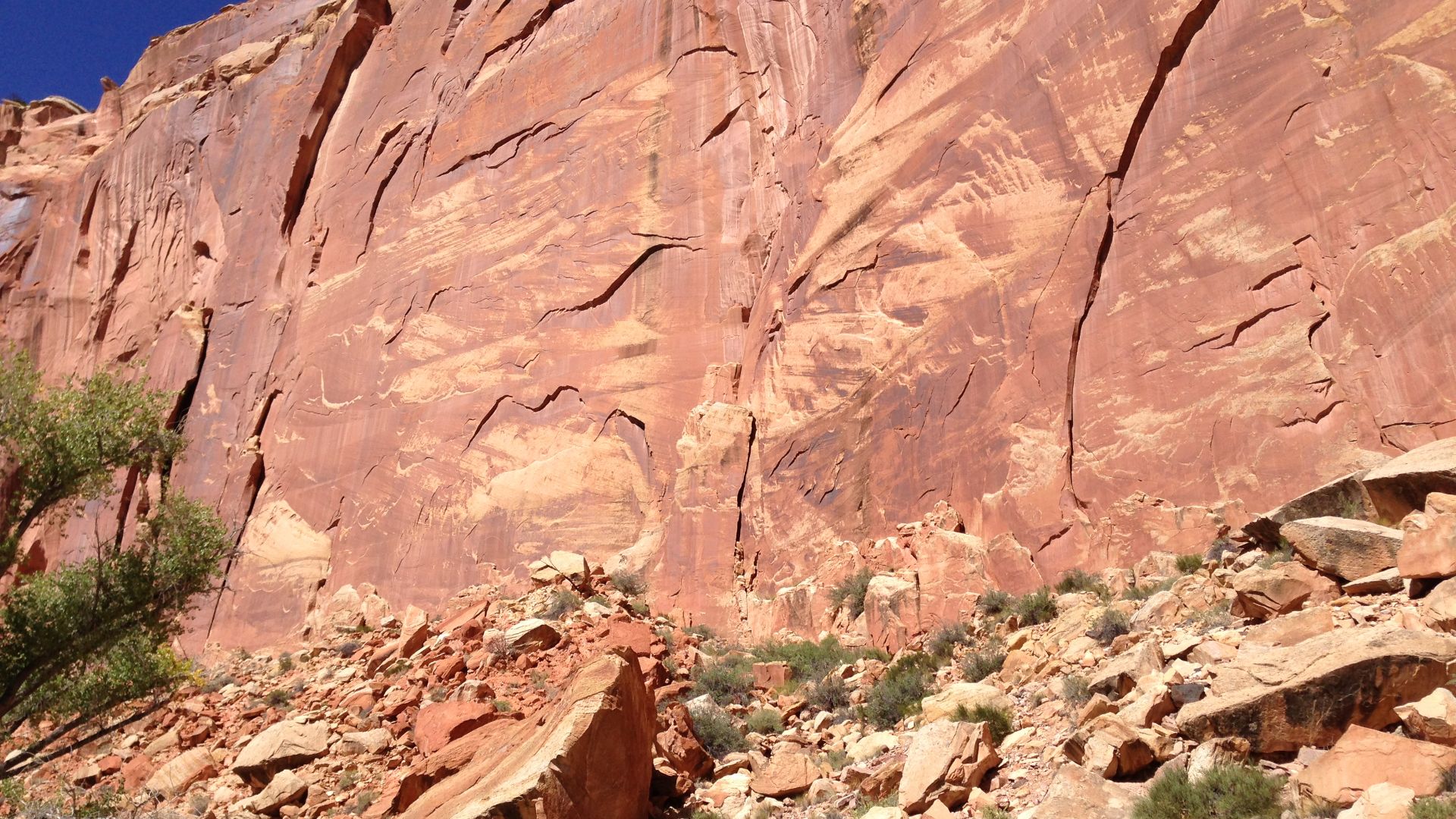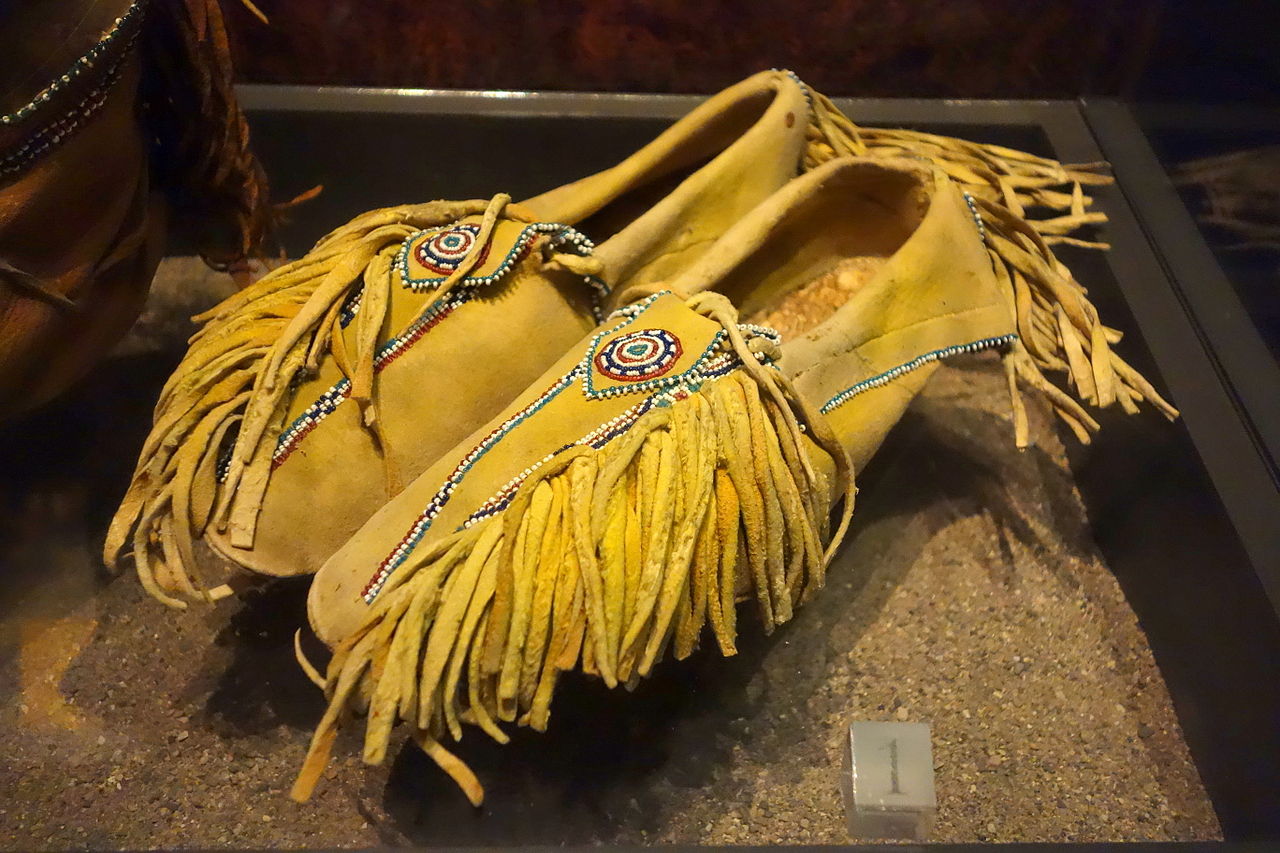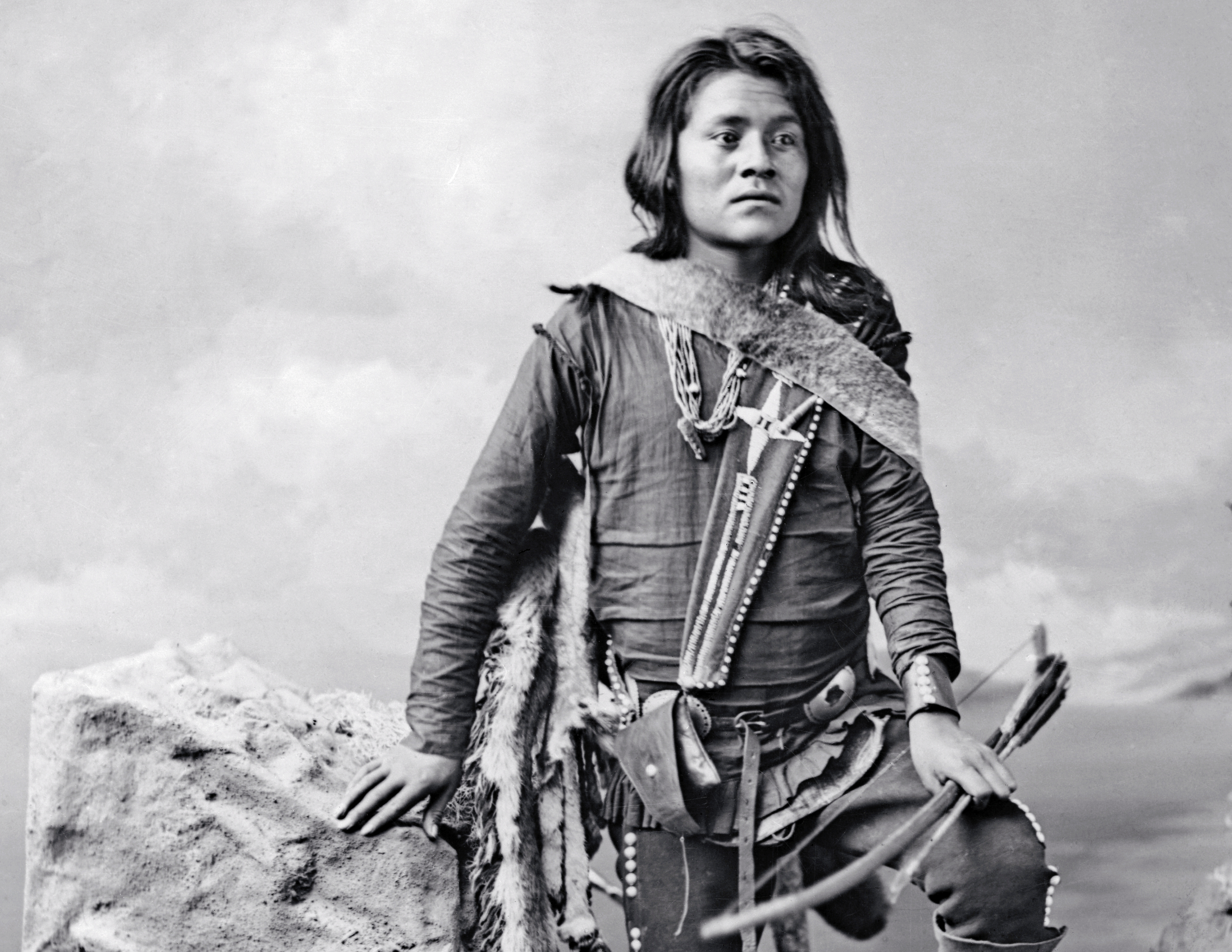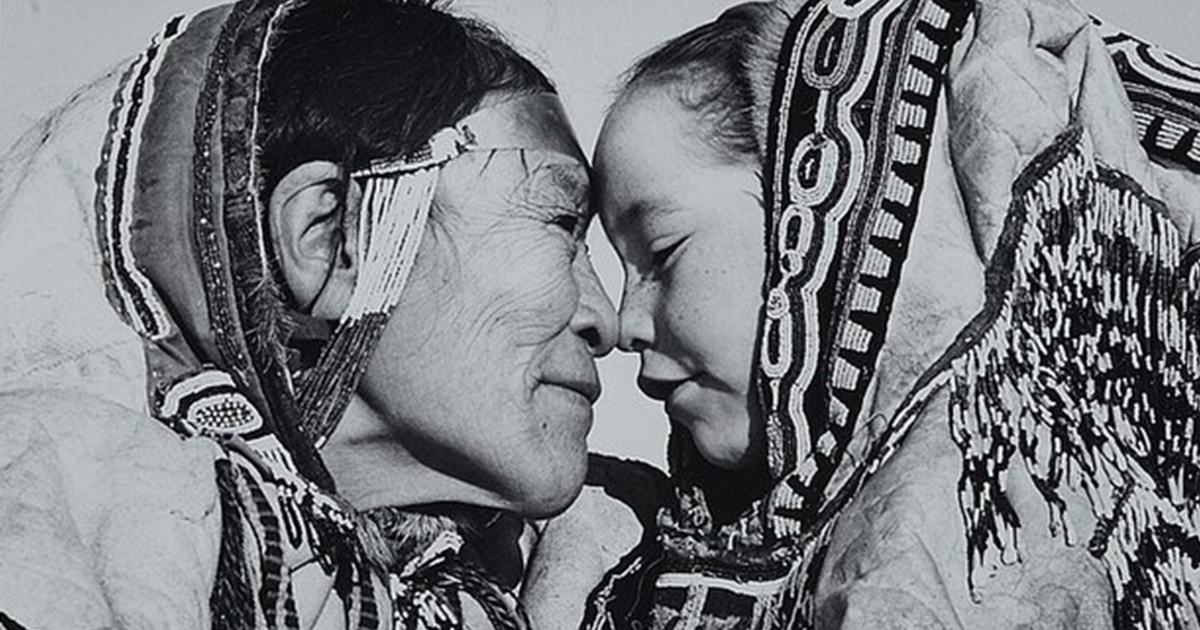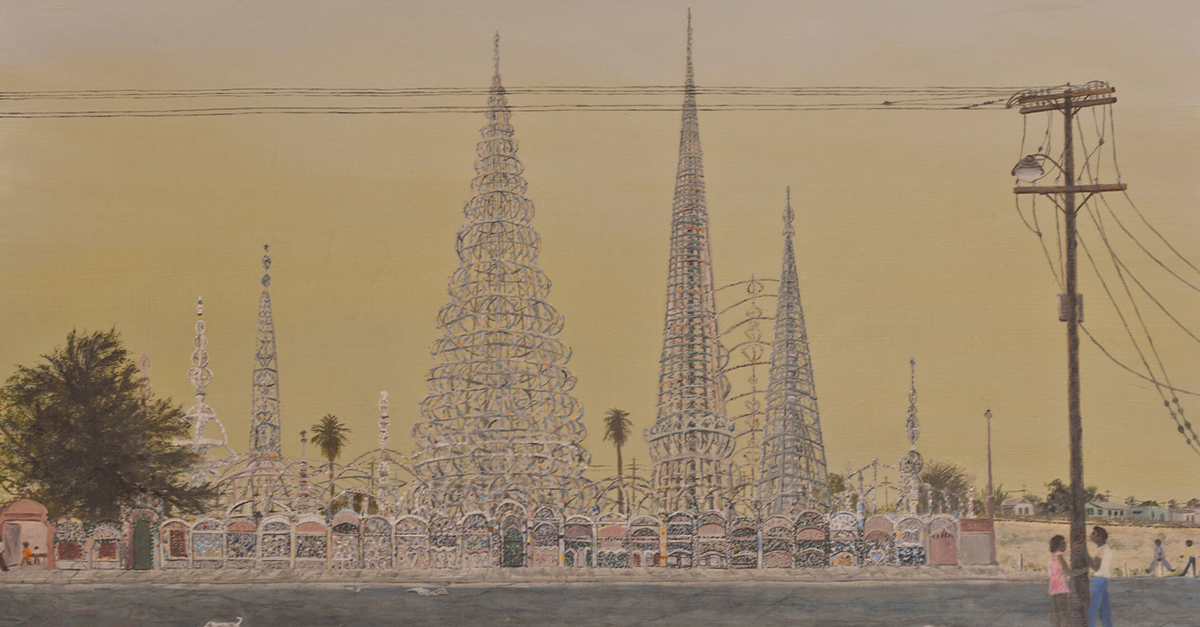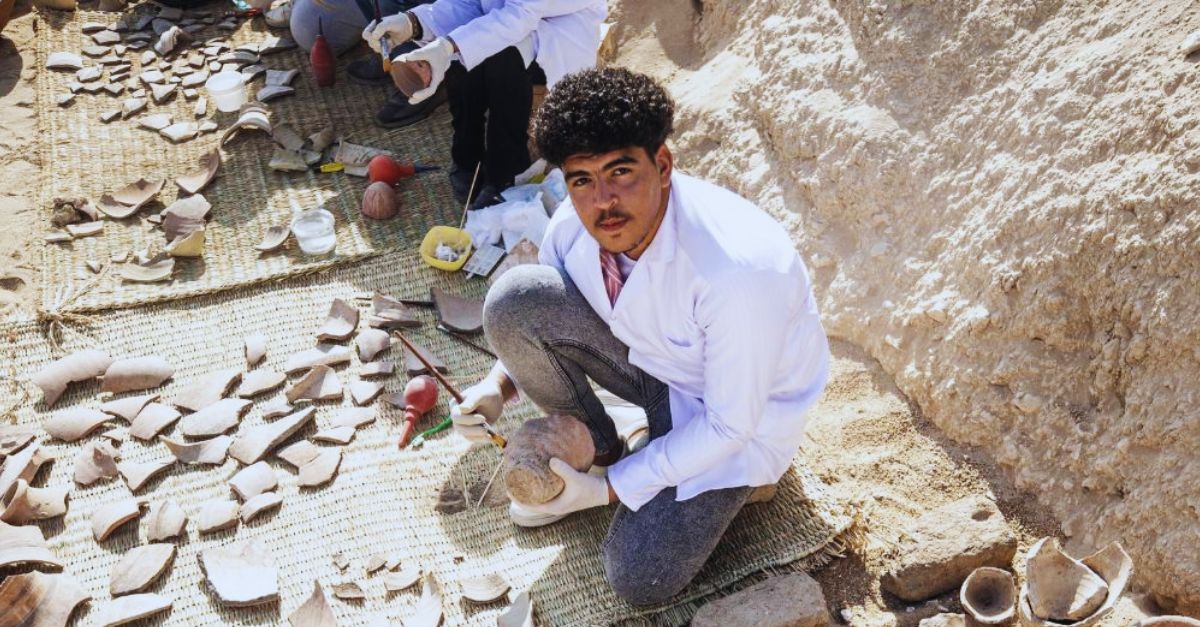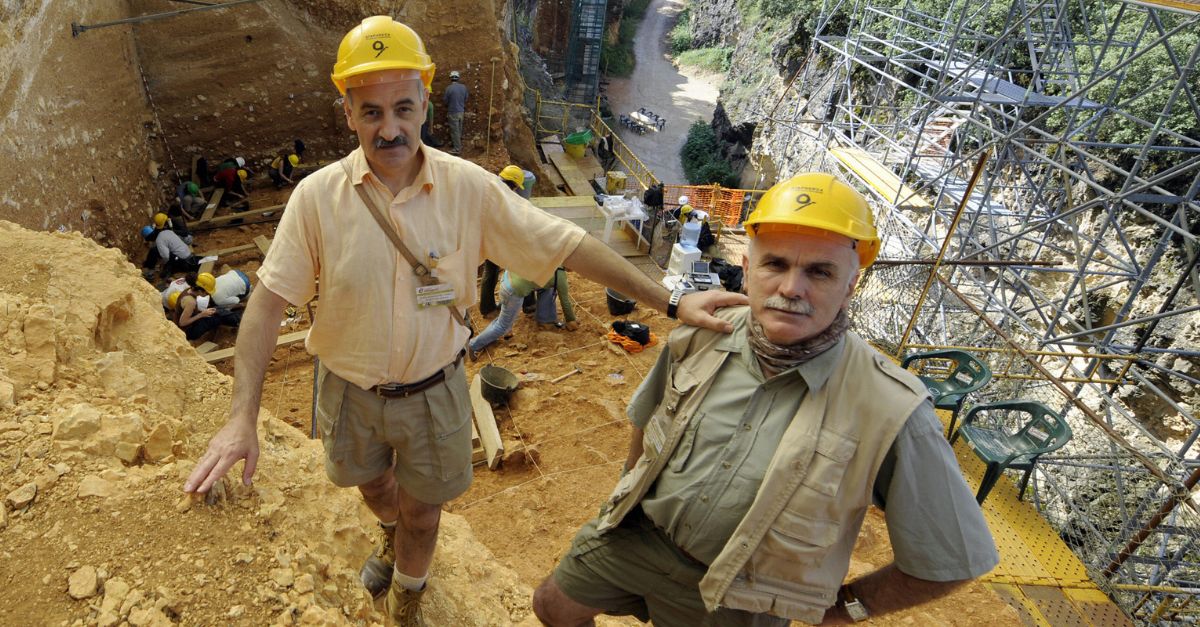Life Below The Surface
Archaeologists have been aware of an ancient people who lived in Utah and the surrounding states centuries ago for many years, but a certain group of these ancient tribes continue to elude them. While they left behind fragments of their ancient culture, we still struggle to discover the details of the Fremont people, exactly how they lasted so long, and even more intriguingly, how they mysteriously disappeared.
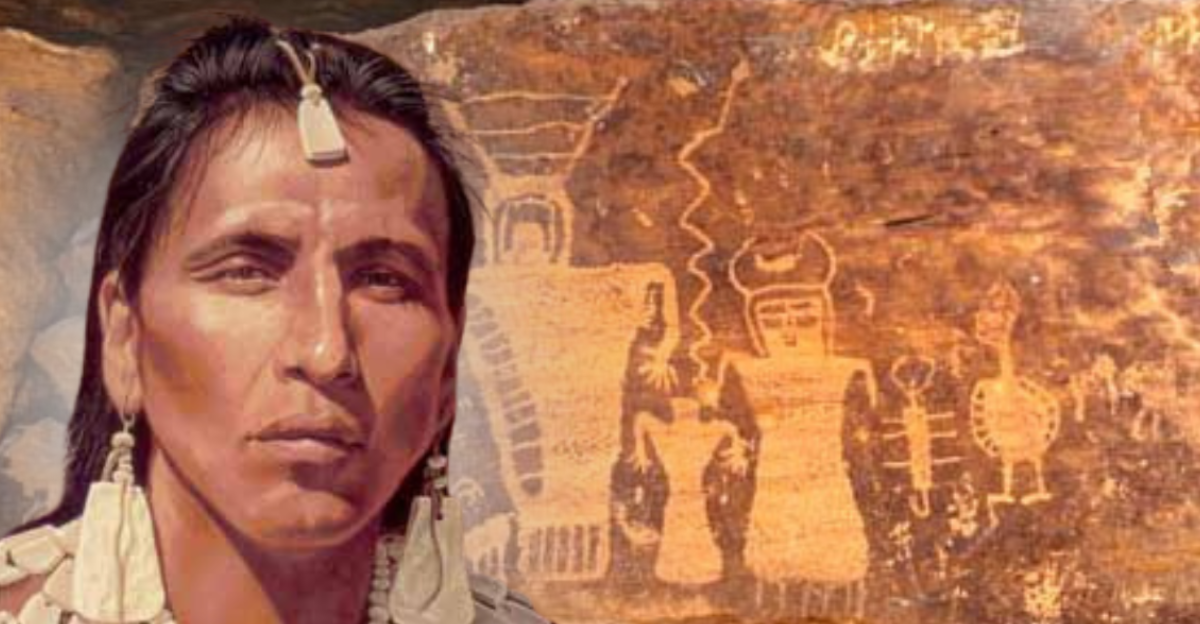
A Culture Named After A River
The name “Fremont” comes from the Fremont River in Utah, where the artifacts of these ancient people were first identified. The river itself got its name from John Charles Frémont, an American explorer in the 1800s.
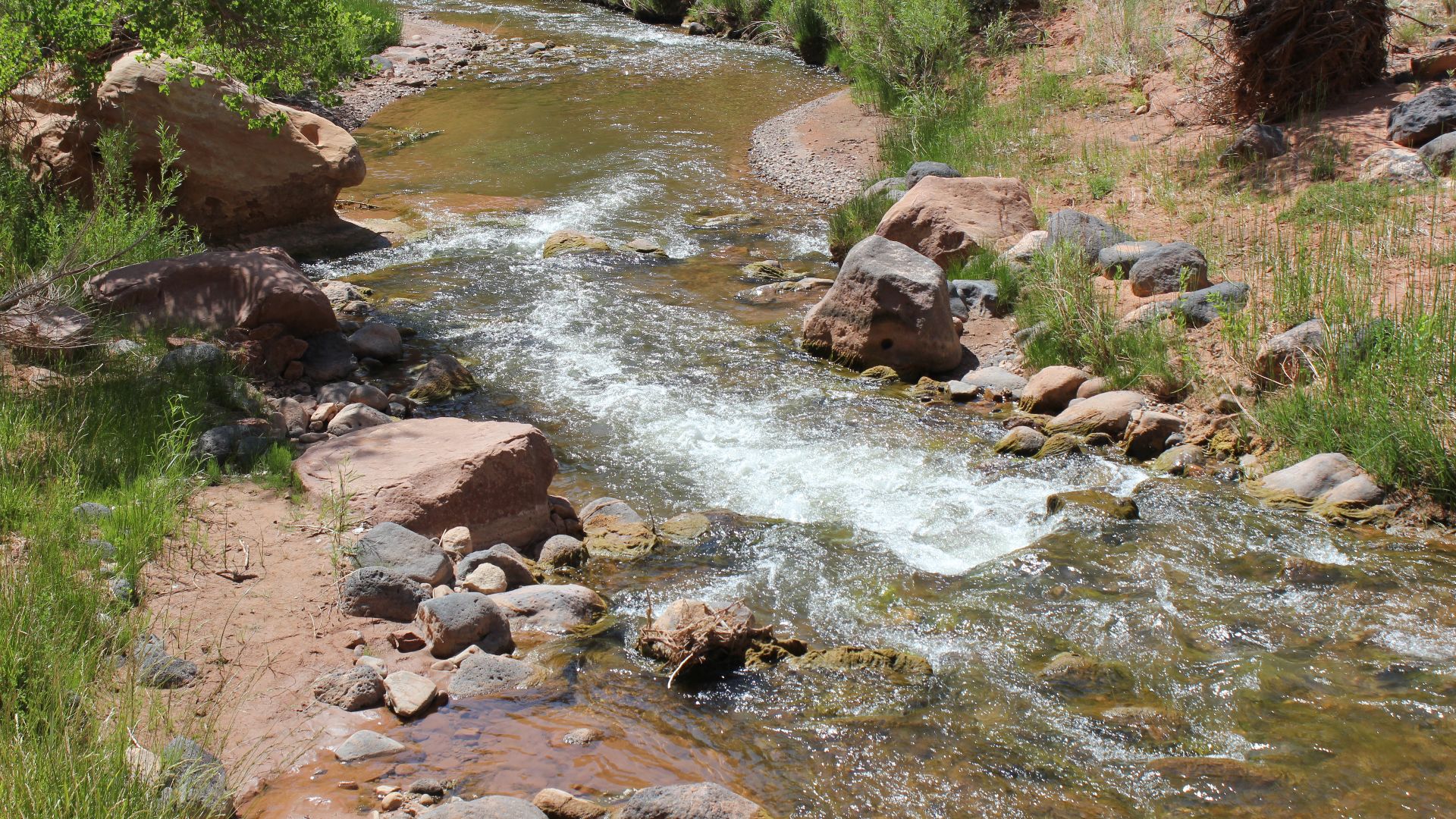 Julianibarra, Wikimedia Commons
Julianibarra, Wikimedia Commons
Ancient Neighbors To The Ancestral Puebloans
The Fremont lived alongside the Ancestral Puebloans, but they had a very different way of life. Their Puebloan neighbors built large structures with multiple rooms to live in, surviving on farming, hunting, and gathering. While they likely influenced the Fremont people, they probably also found them a bit unusual.
A Timeline Spanning Over A Millennium
Spanning centuries from AD 1 to 1300, this culture seemingly thrived for over one thousand years. This would require a culture well acquainted with adaptation. Few ancient cultures in North America survived for that long while leaving such an enduring—and puzzling—mark.
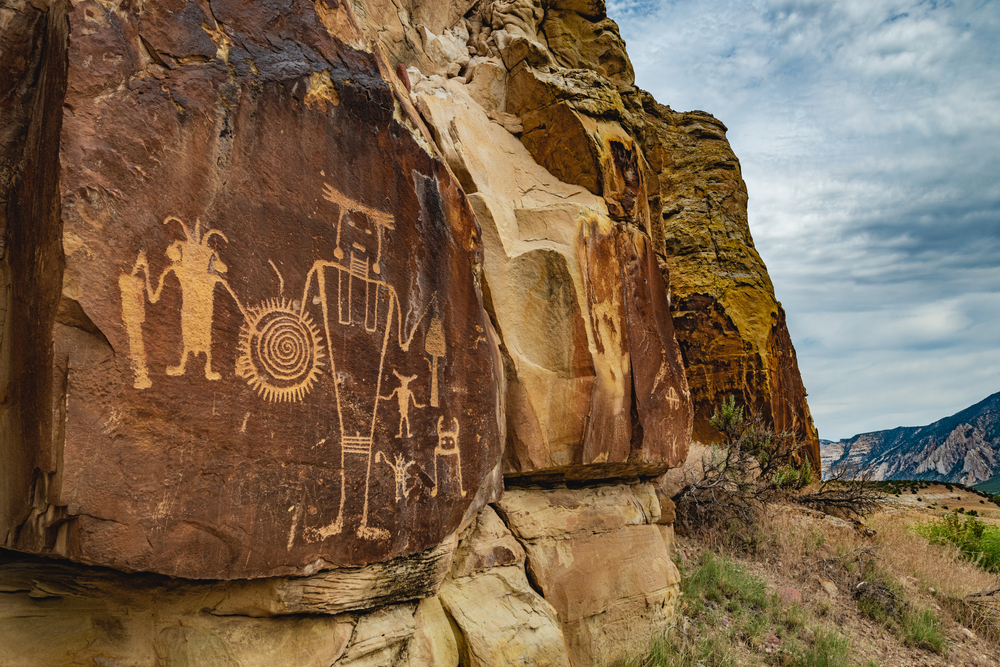 Abbie Warnock-Matthews, Shutterstock
Abbie Warnock-Matthews, Shutterstock
A Home In Harsh Terrain
The Fremont settled in what is now Utah, Nevada, Idaho, Wyoming, and Colorado. Living in these lands presented numerous challenges, to include extremely hot summers, achingly cold winters, and few water sources. Even so, the Fremont managed to adapt, especially through their ingenious cliffside shelters.
Moki Huts Hidden In Cliffs
One of the most amazing practices of the Fremonts was their use of what has come to be called “Moki Huts”. These structures were built into cliffs high above the ground, and used to store food supplies. This kept them safe from animals, intruders, and extreme weather. Some of these granaries are still intact today.
 The original uploader was Bob Palin at English Wikipedia., Wikimedia Commons
The original uploader was Bob Palin at English Wikipedia., Wikimedia Commons
Fremont Indian State Park’s Archaeological Treasure
In Utah’s Clear Creek Canyon, Fremont Indian State Park preserves the largest known Fremont site. Visitors can see pit houses, rock carvings, and ancient tools exactly where they were found.
Nine Mile Canyon’s Rock Art Wonders
The Nine Mile Canyon contains some of the most notable information about the lives of this ancient group. The Canyon is carved with a staggering amount of petroglyphs. They depict multiple scenes, including ones that depict hunting practices, as well as much more strange ones that historians continue to argue over today.
A Confusing Cultural Identity
Even with the existing evidence about the Fremont people, archaeologists continue to argue over what these things truly signify about the ancient group. While some argue they were a singular culture, others argue the evidence points to the presence of multiple groups in one place.
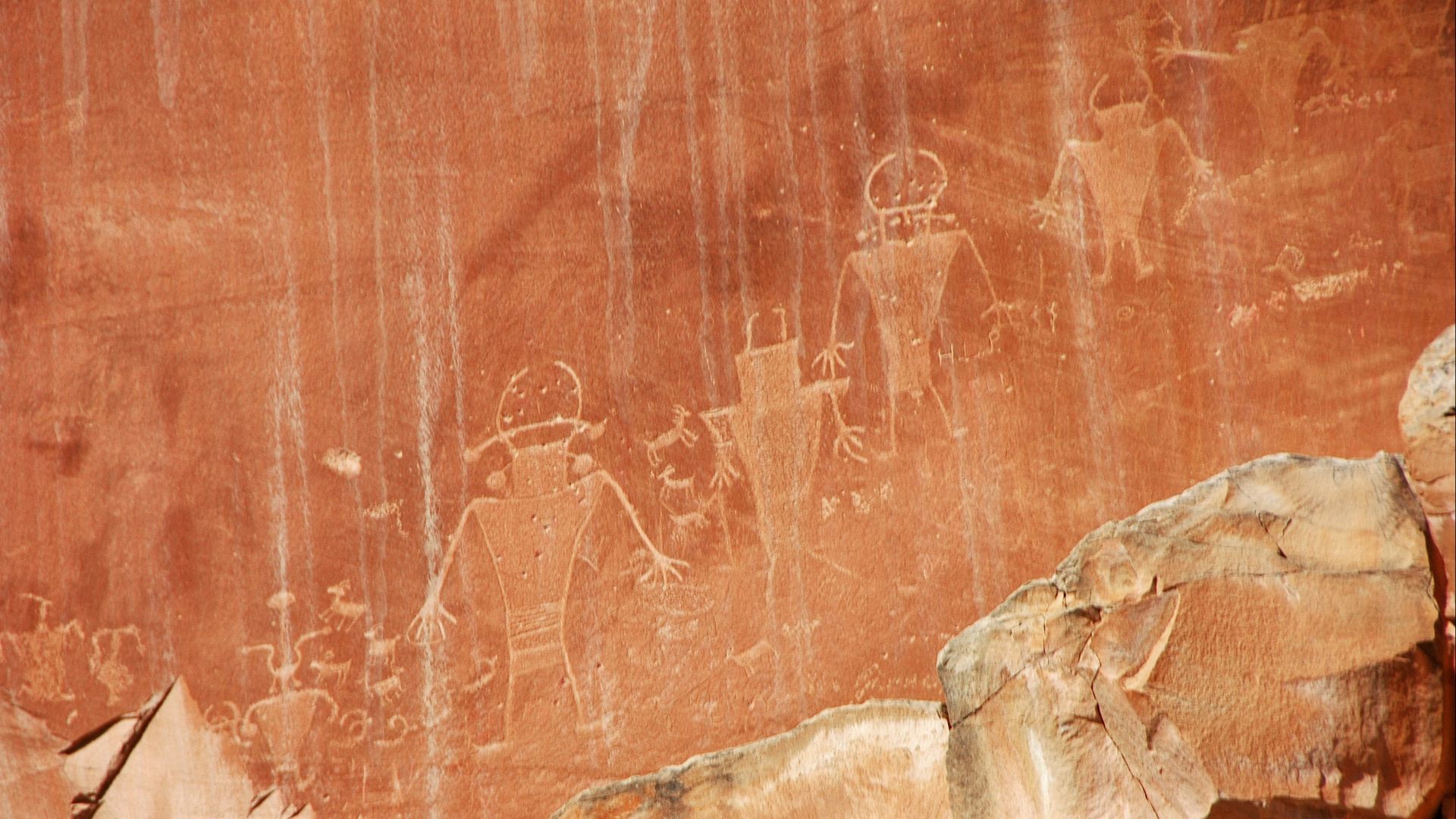 James St. John, Wikimedia Commons
James St. John, Wikimedia Commons
Pit Houses And Small Villages
Most Fremont families lived in pit houses—semi-subterranean dwellings dug into the ground and topped with wood and earth roofs. These homes were warm in winter, cool in summer, and easy to build with local materials. Villages were usually small, with only a handful of families living together at any given time.
Unusual Large Settlements
Although small villages were the norm, some sites break the pattern. The large settlement at Five Finger Ridge may have had over 60 people living there at once—a big number for the Fremont. Why these larger communities formed, and how they were sustained, remains an open question.
 Bureau of Land Management, Wikimedia Commons
Bureau of Land Management, Wikimedia Commons
Farming Without Abandoning Hunting
The Fremont grew corn, beans, and squash, but they never gave up hunting and foraging. Deer, rabbits, and wild plants remained important food sources, making their diet diverse and adaptable. This flexibility may have been the key to their long survival in unpredictable environments.
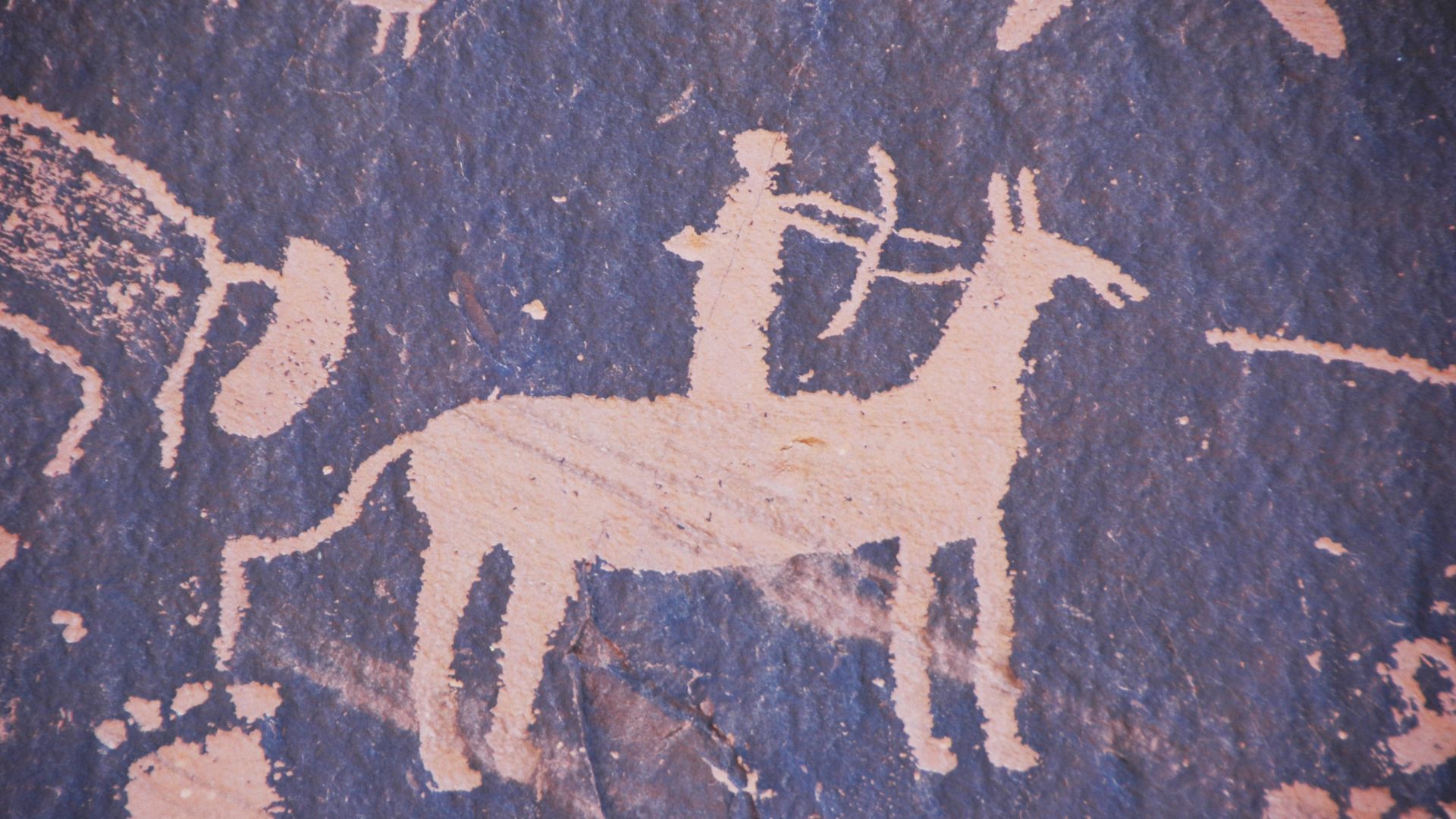 James St. John, Wikimedia Commons
James St. John, Wikimedia Commons
Pottery That Was Practical, Not Fancy
Unlike some neighboring cultures, the Fremont didn’t focus on elaborate pottery designs. Their gray ware pottery was plain but sturdy, made for storage and cooking rather than decoration. This no-nonsense approach matched their overall survival-focused lifestyle.
 The truth about Corrugated Pottery, Hutchings Museum
The truth about Corrugated Pottery, Hutchings Museum
Moccasins Over Sandals
While Puebloans wore sandals, the Fremont favored moccasins, a style likely inherited from their Great Basin ancestors. Moccasins provided more warmth and protection on rocky, uneven ground. This small detail shows how closely their clothing choices were tied to their environment.
Climate Change And Cultural Decline
Around 950 CE, climate changes may have made farming more difficult for the Fremont. Many moved to marshy areas in northwestern Utah, where they could continue to hunt and gather while farming small plots. This shift marked the beginning of their cultural decline, though they held on for several more centuries.
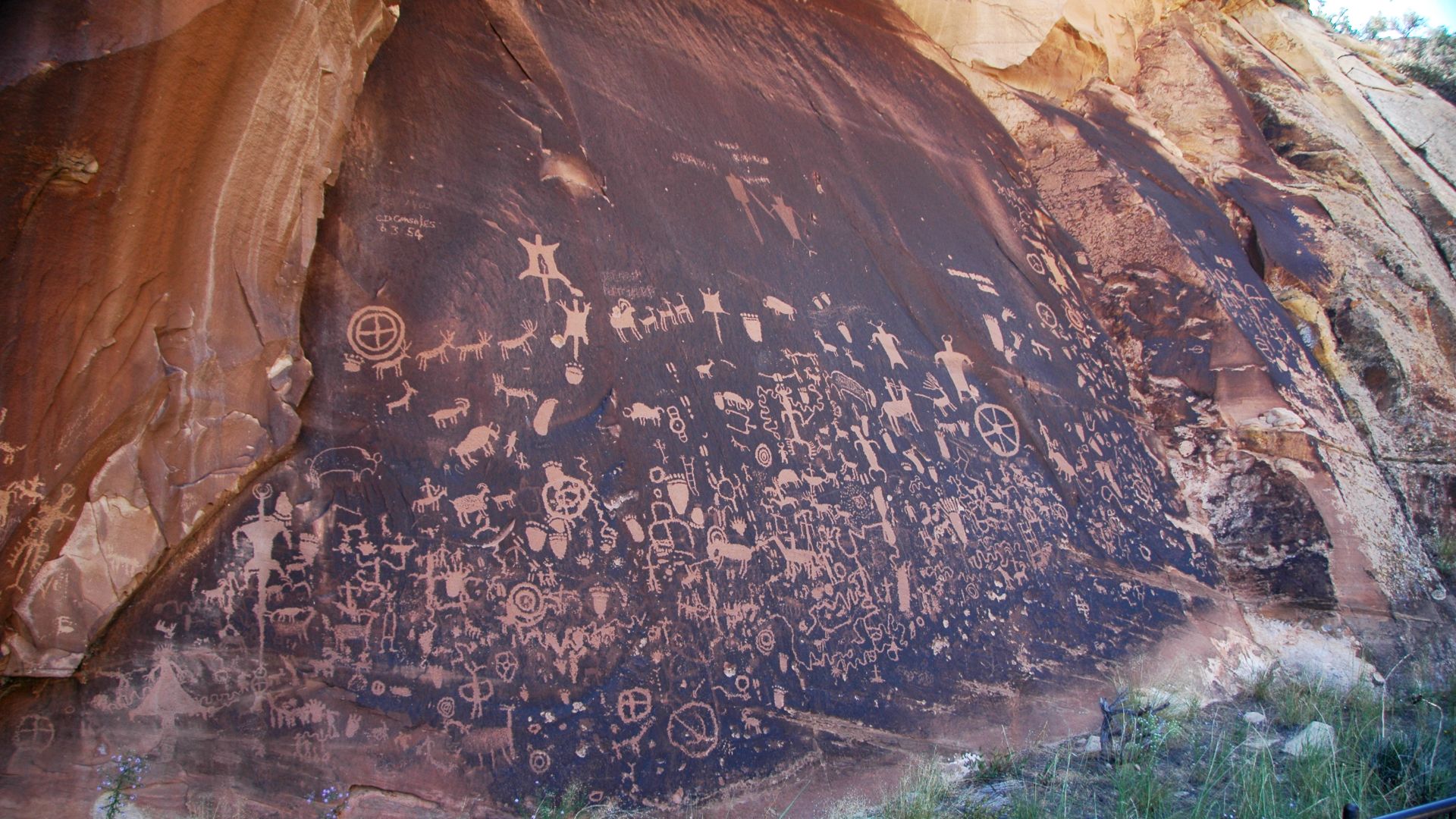 James St. John, Wikimedia Commons
James St. John, Wikimedia Commons
The Range Creek Time Capsule
When archaeologists first explored Range Creek Canyon in 2004, they found a site so well-preserved it felt like the Fremont had just left. Pit houses, storage granaries full of corn, tools, and even human remains were all still in place. The discovery provided an unprecedented look into Fremont daily life.
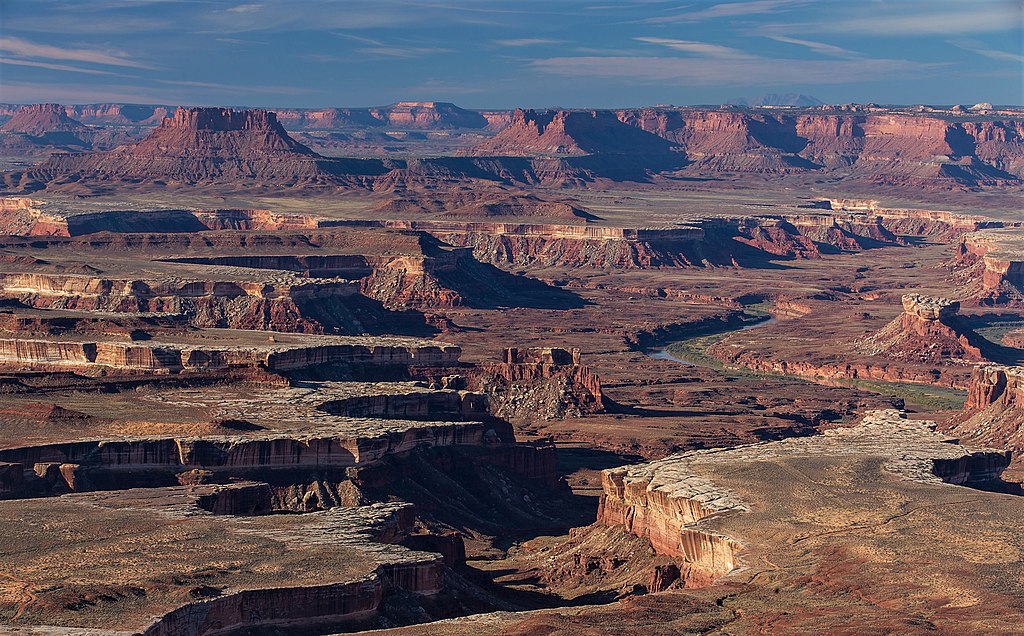 au_ears, CC BY-SA 2.0, Wikimedia Commons
au_ears, CC BY-SA 2.0, Wikimedia Commons
Figurines Shrouded In Mystery
The Fremont crafted small clay figurines with unique shapes and headdresses. Some archaeologists think they were used in rituals, while others believe they were children’s toys. Without written records, their exact purpose remains unknown.
 Brian Lee (Markarian421), Wikimedia Commons
Brian Lee (Markarian421), Wikimedia Commons
Disappearance Without A Trace
By the 1300s, the Fremont as a distinct culture had vanished. Some may have merged with Pueblo communities to the south, while others could have joined incoming Numic-speaking tribes. Whatever the case, they left no direct descendants who identify as Fremont today.
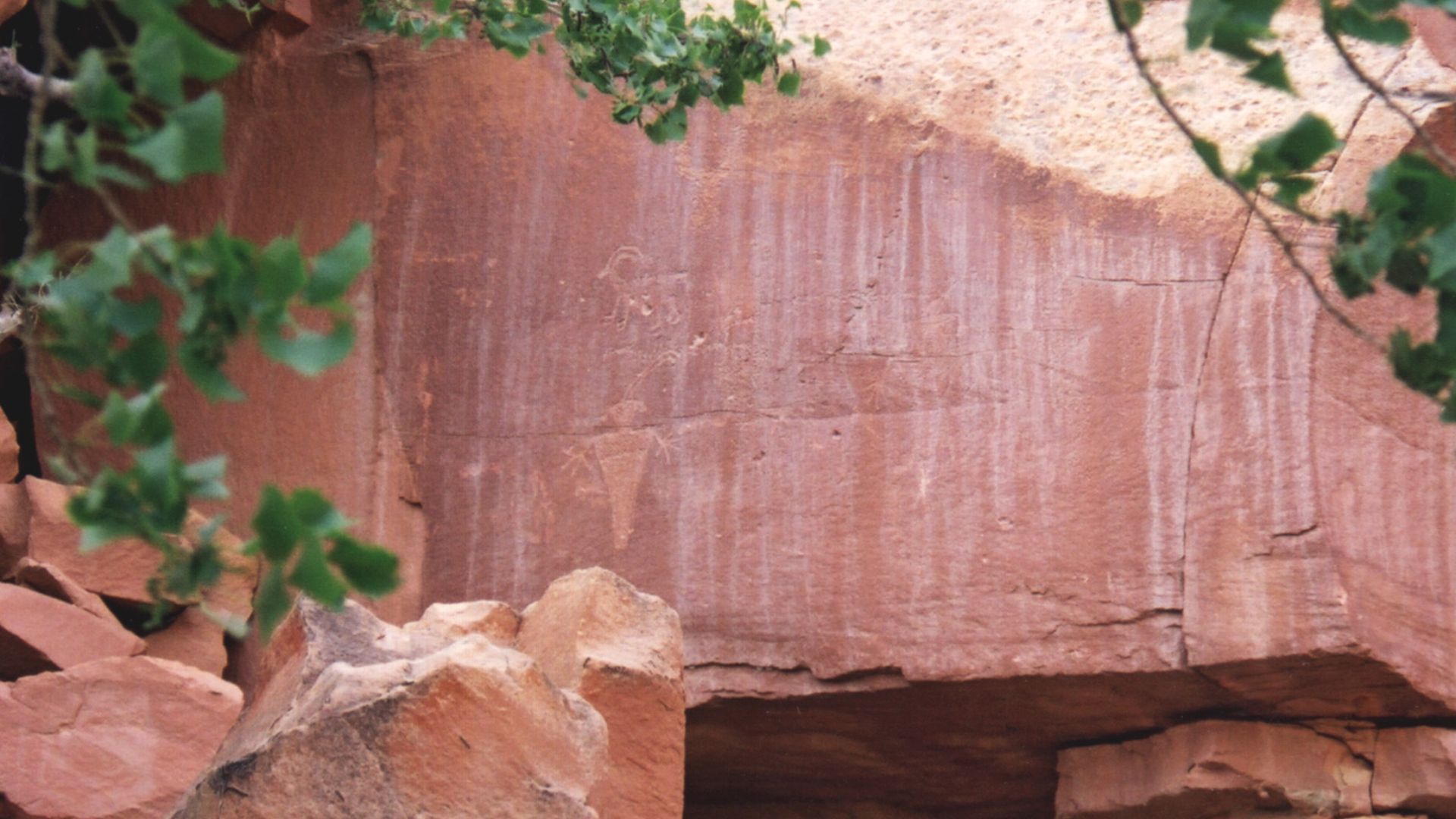 A. E. Crane, U.S. Department of Transportation, Wikimedia Commons
A. E. Crane, U.S. Department of Transportation, Wikimedia Commons
Early Accounts By Spanish Explorers
Spanish friars traveling through the area in 1776 noted ruins similar to those in Puebloan lands. This early observation suggests that the Fremont’s architecture may have influenced—or been influenced by—other cultures. Even in the 18th century, their past was already a mystery.
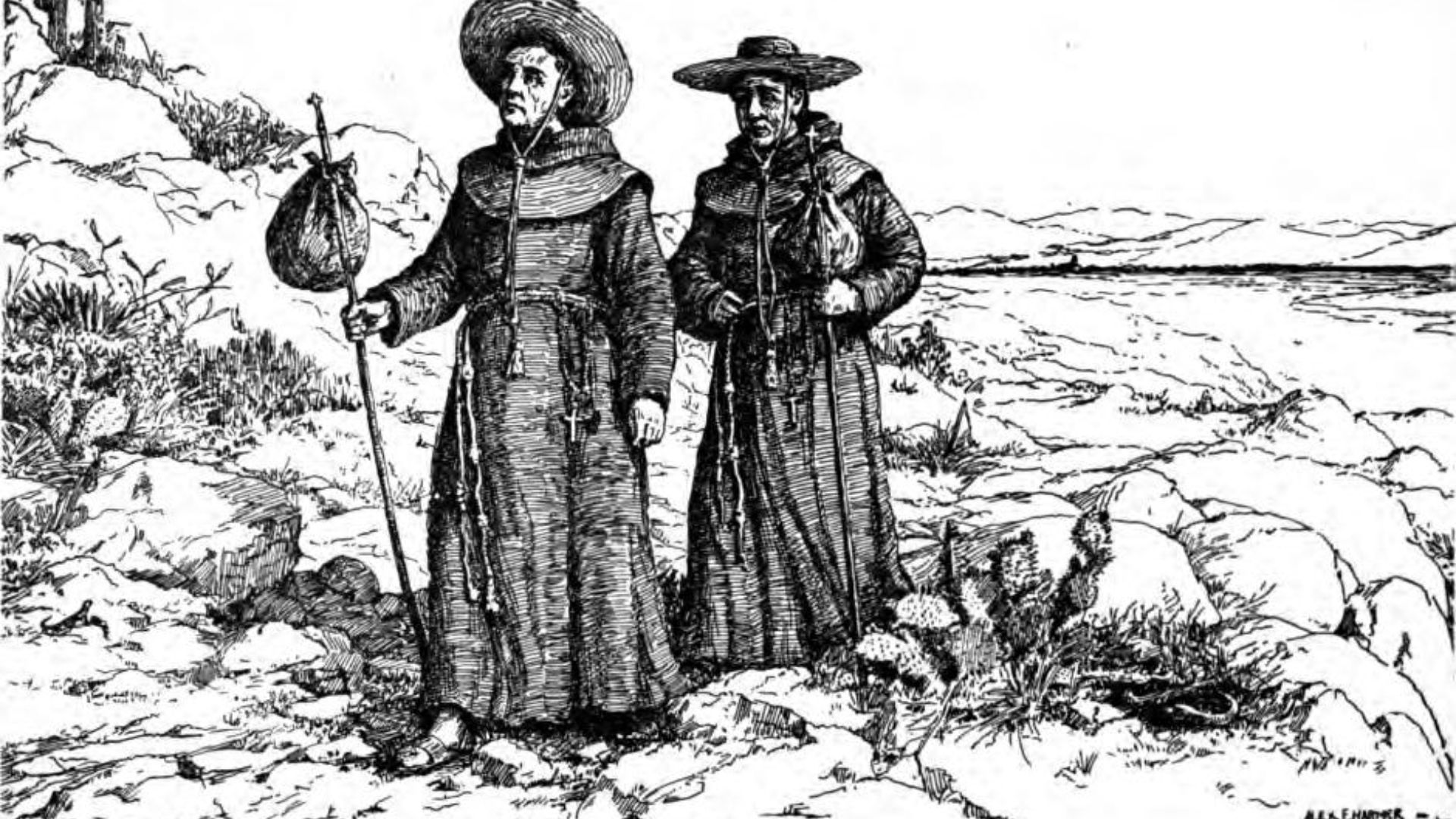 File Upload Bot (Magnus Manske), Wikimedia Commons
File Upload Bot (Magnus Manske), Wikimedia Commons
Local Legends And Ancient Flood Stories
Navajo traditions sometimes credit the area’s petroglyphs to people who lived before a great flood. Whether this is symbolic or based on older oral histories, it adds a mythical layer to the Fremont’s story. These legends hint at a past that blends history and folklore.
Theories That Keep Archaeologists Guessing
Were the Fremont a breakaway group of Puebloans, a network of independent foragers, or something else entirely? The evidence supports multiple theories, but none fit perfectly. This uncertainty is part of what makes the Fremont so endlessly intriguing.
 mypubliclands, Wikimedia Commons
mypubliclands, Wikimedia Commons
Why The Fremont Still Captivate Us
The Fremont culture challenges our ideas of what a “civilization” should look like. They were neither fully nomadic nor fully settled, neither rich in ornamentation nor devoid of artistry. That tension, between what we expect and what they were, is why their story continues to fascinate.
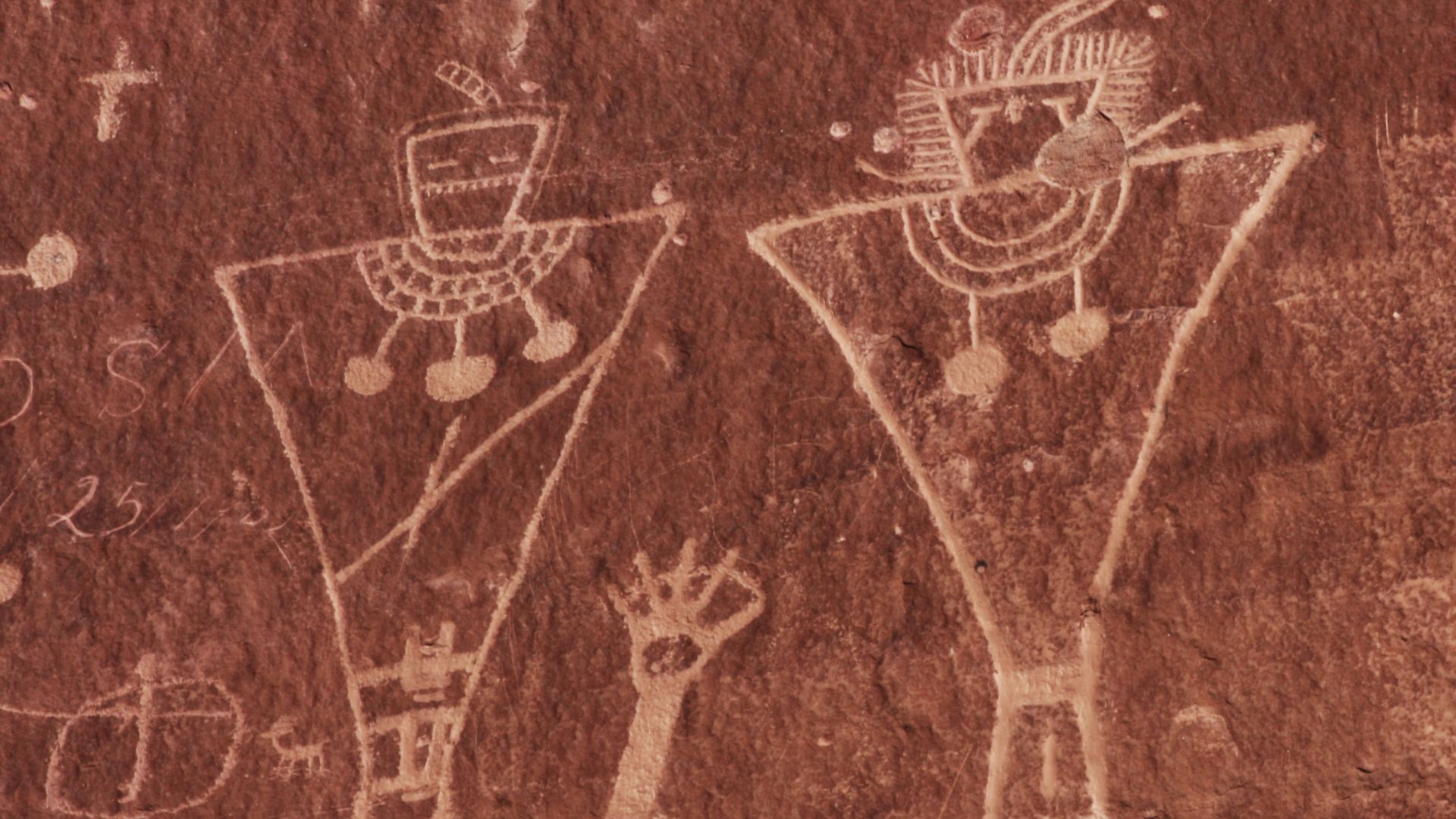 Thomas from USA, Wikimedia Commons
Thomas from USA, Wikimedia Commons
You May Also Like:
Photos Of The Mountain People Who Live At 15,000 Feet Year Round
New Evidence Of Uncontacted Jungle Tribe Emerges In Bolivia
Source: 1

